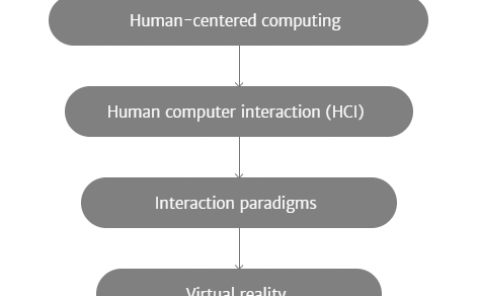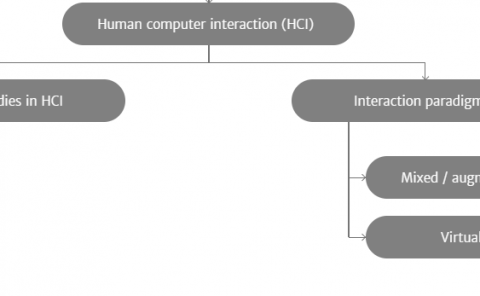SG-Net: Spatial Granularity Network forOne-Stage Video Instance Segmentation
PubDate: June 2021
Teams: Purdue University;University of Florida;Hangzhou Dian Zi University
Writers: Dongfang Liu1∗, Yiming Cui2*, Wenbo Tan3, Yingjie Chen
PDF: SG-Net: Spatial Granularity Network forOne-Stage Video Instance Segmentation

Abstract
Video instance segmentation (VIS) is a new and critical task in computer vision. To date, top-performing VIS methods extend the two-stage Mask R-CNN by adding a tracking branch, leaving plenty of room for improvement. In contrast, we approach the VIS task from a new perspective
and propose a one-stage spatial granularity network (SGNet). Compared to the conventional two-stage methods, SG-Net demonstrates four advantages: 1) Our method has a one-stage compact architecture and each task head (detection, segmentation, and tracking) is crafted interdependently so they can effectively share features and enjoy the joint optimization; 2) Our mask prediction is dynamically performed on the sub-regions of each detected instance, leading to high-quality masks of fine granularity; 3) Each of our task predictions avoids using expensive proposal-based RoI features, resulting in much reduced runtime complexity per instance; 4) Our tracking head models objects’ centerness movements for tracking, which effectively enhances the tracking robustness to different object appearances. In evaluation, we present state-of-the-art comparisons on the YouTube-VIS dataset. Extensive experiments demonstrate that our compact one-stage method can achieve improved performance in both accuracy and inference speed. We hope our SG-Net could serve as a strong and flexible baseline for the VIS task. Our code will be available here1


